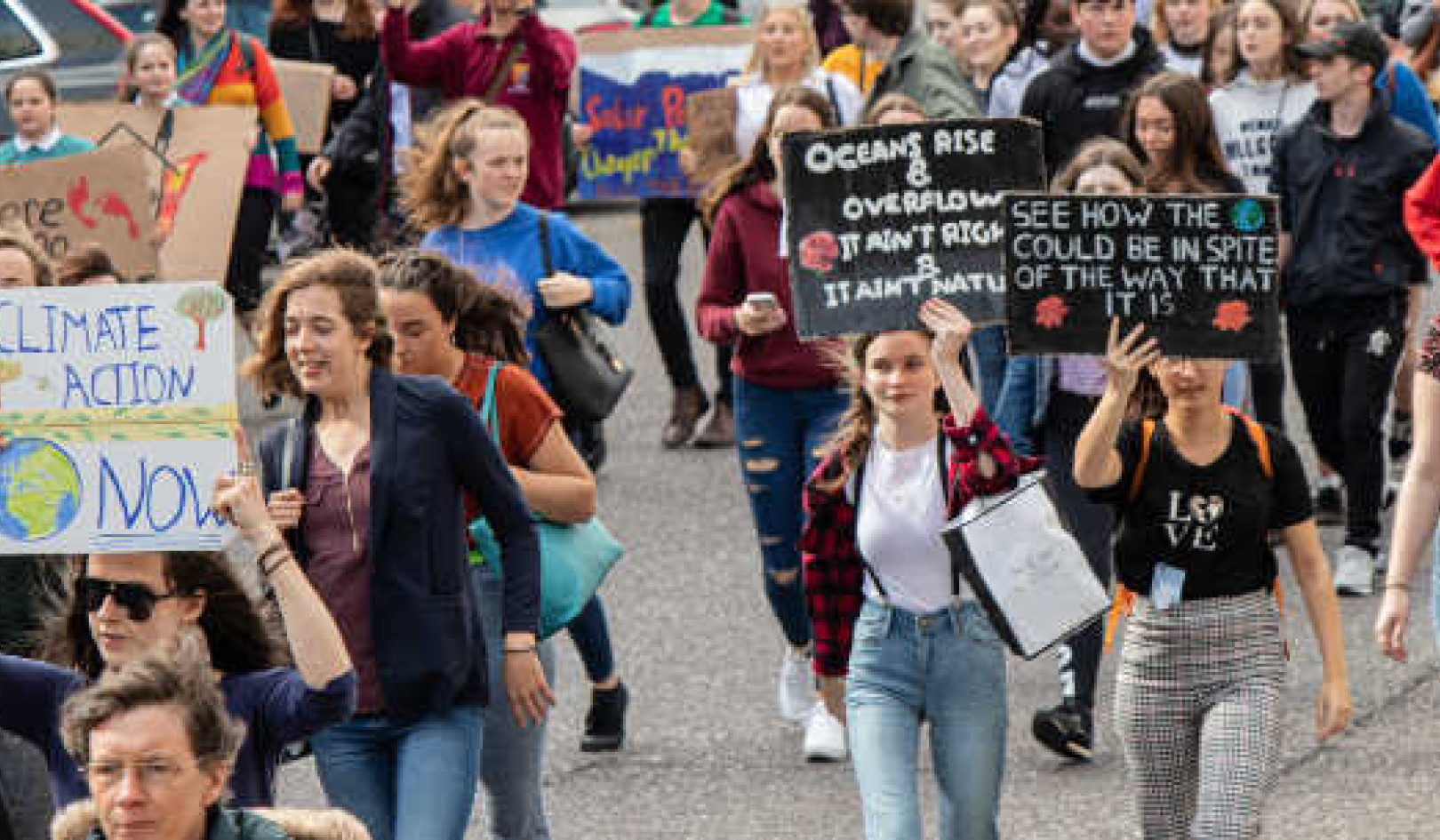
As a student I was taught (and this will date me) that macroeconomics (the study of the economy as a whole) was essentially governed by two alternative views – Keynesianism and Monetarism. Keynesians believed that the economy could be brought out of recession by increased government expenditure, or expansionary fiscal policy as paraphrased by this famous quote from The General Theory:
If the Treasury were to fill old bottles with bank-notes, bury them at suitable depths in disused coal-mines which are then filled up to the surface with town rubbish, and leave it to private enterprise on well-tried principles of laissez-faire to dig the notes up again … there need be no more unemployment and, with the help of repercussions, the real income of the community, and its capital wealth, would probably become a good deal greater than it actually is.
If you think it a bit odd that economic growth can come about from useless activity such as this you would not be alone. Nevertheless, the above forms the basis of most governments’ responses to the aftermath of the global financial crisis. Just substitute building school halls for digging up bottles.
Monetarists were sceptical about the ability of government to stabilise the economy through changes in taxes and, particularly, government expenditure. They believed that control of the money supply had a much greater role in stabilising the economy.
The term “helicopter money” was coined in the 1960s by the leader of the monetarist school, US economist Milton Friedman (who 40 years ago this year was awarded the Nobel prize in economics). He posited the hypothetical situation where, in order to increase economic activity and inflation, banknotes were dropped out of a helicopter as a a one off event.
Let us suppose now that one day a helicopter flies over this community and drops an additional $1,000 in bills from the sky, which is, of course, hastily collected by members of the community. Let us suppose further that everyone is convinced that this is a unique event which will never be repeated.
He reasoned that people finding the money (in much the same way as households receiving $900 under Wayne Swan’s post crisis giveaway) would generally spend it and thereby boost consumption.
It is now generally accepted that helicopter money and fiscal expansion are essentially the same thing. In practice the government would increase expenditure (which could include giving tax cuts, increasing social security benefits or even “gifts” to households). This would be financed by the “printing of money” by the central bank. In practice this means a data entry in bank accounts rather than actual printing of bank notes. The basic principle is that the central bank such as the Reserve Bank of Australia (RBA) can provide money to the government, without the government having to pay interest or repay the debt.
Printing money fell out of favour with most economists years ago but is now undergoing something of a resurgence having been suggested by such eminent people as Ben Bernanke as a possibility since quantitative easing (QE), a related form of monetary expansion, is proving a failure.
Under QE a central bank creates new money and uses it to purchase assets from other banks. The money the banks receive for the assets makes it easier for firms and households to obtain loans; interest rates fall and consumers and businesses will borrow and spend, boosting expenditure on goods services and investment which increases employment and GDP. Unfortunately, falls in real interest rates to zero or negative have been singularly unsuccessful in reviving economies, particularly Japan.
By contrast, helicopter money does not involve central bank asset purchases. Rather, it involves permanent central bank financing of a government expenditure such as a cash grant to the general public. As such, it seeks to promote economic recovery by directly stimulating aggregate demand.
Most textbooks point to the role of monetary expansion in fuelling inflation. Extreme examples are the hyperinflation experiences of Germany between the two World Wars and, more recently of Zimbabwe and Venezuela, which resulted from governments attempting to pay for unsustainable increases in expenditure by printing money.
There is little doubt that if printing money is successful in reviving an economy, eventually there will be inflation. Most central banks, particularly the RBA, have set controlling inflation as their major goal of monetary policy.
Apart from the inflationary impact of printing money it is also removes an important constraint on irresponsible government spending in that governments can increase spending without raising extra taxes. But eventually spending must be paid for by households and firms meaning less productive activity, employment and growth in the private sector.
It also threatens the independence of central banks since they are forced to accommodate the wish of governments. This contradicts the current understanding between Treasury and the RBA in Australia and is even illegal in some countries.
Even advocates of fiscal and monetary stimulus consider that they can only address short-run fluctuations in the economy. The various “stimuluses” have been going on now for eight years with little or no discernible effect on economic growth. This is hardly surprising given that growth entails adding value to inputs to produce goods and services people want at prices they are willing to pay.
Value adding is best done by the private sector and cannot arise from wasteful government expenditure, accumulating debt or printing money. Growth (and jobs) can only arise from value adding activities and government policies which facilitate this such as reducing debt, promoting free trade, reducing restrictions on business and labour market reform.
This is hard to do and far more difficult than easy options such as printing money, which explains why neither side of politics appears to have the stomach for real reform.
About The Author
Phil Lewis, Professor of Economics, University of Canberra
This article was originally published on The Conversation. Read the original article.
Related Books
at InnerSelf Market and Amazon























